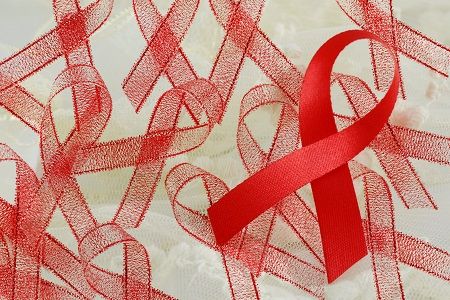Article
HIV Initiatives in the Works: Self-Testing, Sterile Needle Programs, Vaccine Trial
Author(s):
As December 1 marks World AIDS Day, researchers report on the latest prevention and diagnosis strategies as well as a threat in the quest to eradicate the disease.

Will the world ever be free of HIV/AIDS? As December 1 marks World AIDS Day, researchers report on the latest prevention and diagnosis strategies as well as a threat in the quest to eradicate the disease.
“Millions of people with HIV are still missing out on life-saving treatment, which can also prevent HIV transmission to others,” World Health Organization (WHO)-General Margaret Chan, MD, said in a news release.
Around 14 million people have HIV worldwide — yet an estimated 40% don’t know they’re infected. Although healthcare access is more readily available in the United States, many people in high-risk places, such as Africa, have a hard time getting to a physician. WHO released new guidelines for HIV self-testing, which opens up access to a diagnosis as well as allows people to learn their status in private.
The self-testing requires oral fluid or blood from a finger prick in order to test for HIV. People can find out if they’re positive or negative in 20 minutes or less, and seek healthcare accordingly.
“By offering HIV self-testing, we can empower people to find out their own HIV status and also to notify their partners and encourage them to get tested as well,” explained Gottfried Hirnschall, MD, MPH. “This should lead to more people knowing their status and being able to act upon it.”
The Centers for Disease Control and Prevention (CDC) is working on a prevention initiative — syringe service programs (SSPs). The opioid epidemic contributes to HIV transmission – one in 10 patients diagnosed with HIV are among people who inject drugs (PWID). The latest edition of CDC’s Vital Signs reported that in 22 US cities, only one in four PWIDs got all of their needles from a sterile source.
But do SSPs actually work?
In 2005, only 36% of PWIDs said that they used an SSP. That jumped to 54% in 2015, according to the report. While this is good news, about the same amount of PWIDs said that they shared a needle within the last year (36% in 2005 vs. 33% in 2015).
“Until now, the nation has made substantial progress in preventing HIV among people who inject drugs, but this success is threatened. Syringe services programs work, and their expansion is pivotal for progress in the coming decades,” said Jonathan Mermin, MD, MPH, director of CDC’s National Center for HIV/AIDS, Viral Hepatitis, STD, and TB Prevention.
Yes, there are treatments and prevention tactics against HIV, but some say that a vaccine would be the “Holy Grail.”
In November, researchers began recruiting HIV-seronegative participants in South Africa for a phase III vaccine study. The study, HVTN 702, builds off of one conducted in Thailand in 2009 where the vaccine showed a 31% protection from the virus. Researchers are hoping for a 50% to 60% protection rate in this South African study. It will involve 5,400 men and women ages 18 to 35 — and over 5,000 have already signed up. Of the participants, 2,700 will receive an intermuscular injection of ALVAC-HIV (vCP2438) at baseline and the one-month mark. Then, they will receive the same injection plus Bivalent Subtype C gp120/MF59 at months three, six, and 12. The other 2,700 participants will receive a placebo injection of sodium chloride at each of the time marks. The trial is set to conclude in July 2021.
A misconception about HIV is that it’s no longer a huge concern, but healthcare professionals know that’s far from true. Although there are treatments which help patients have normal, long lives, a vaccine and cure are still years away — but in the works nonetheless.
Related Coverage:
How Fast Can Dolutegravir Reduce HIV Viral Load in Semen?
The Common Cold Is Helping Researchers Develop an HIV Vaccine
One Overlooked Factor Drives African Americans’ Vulnerability to HIV




